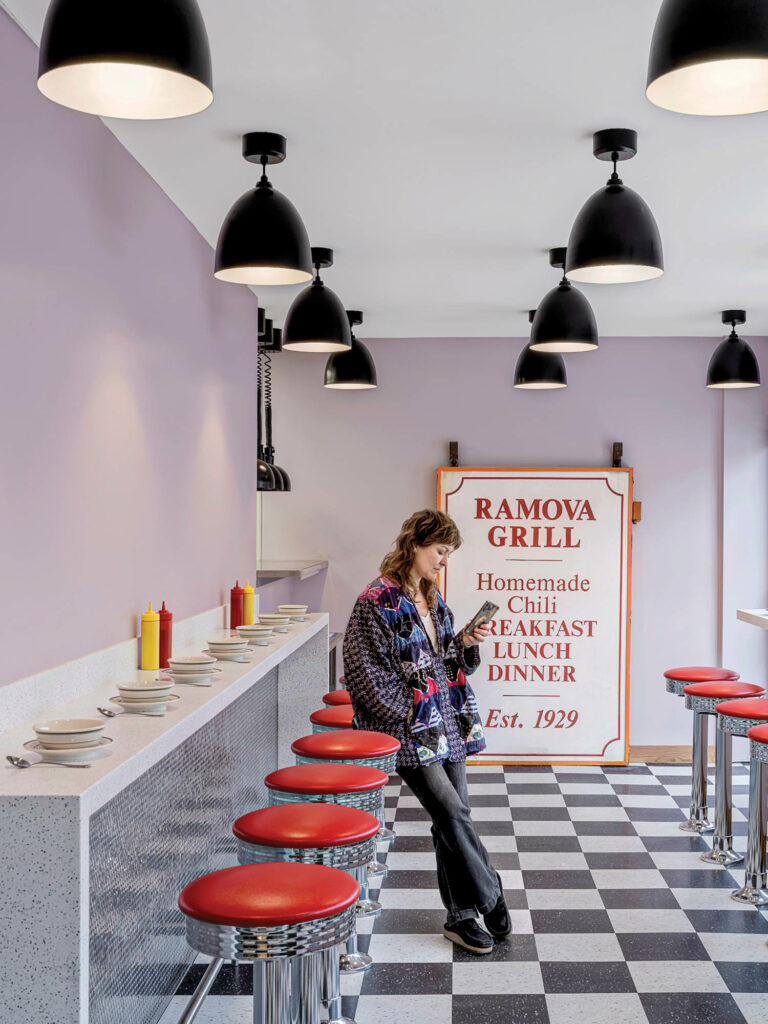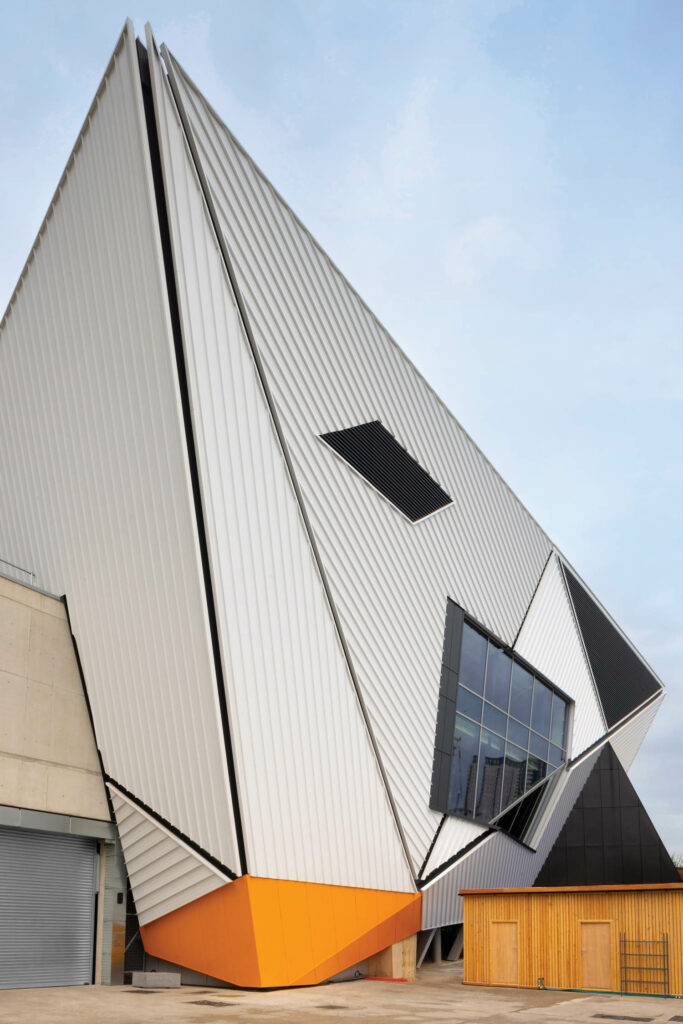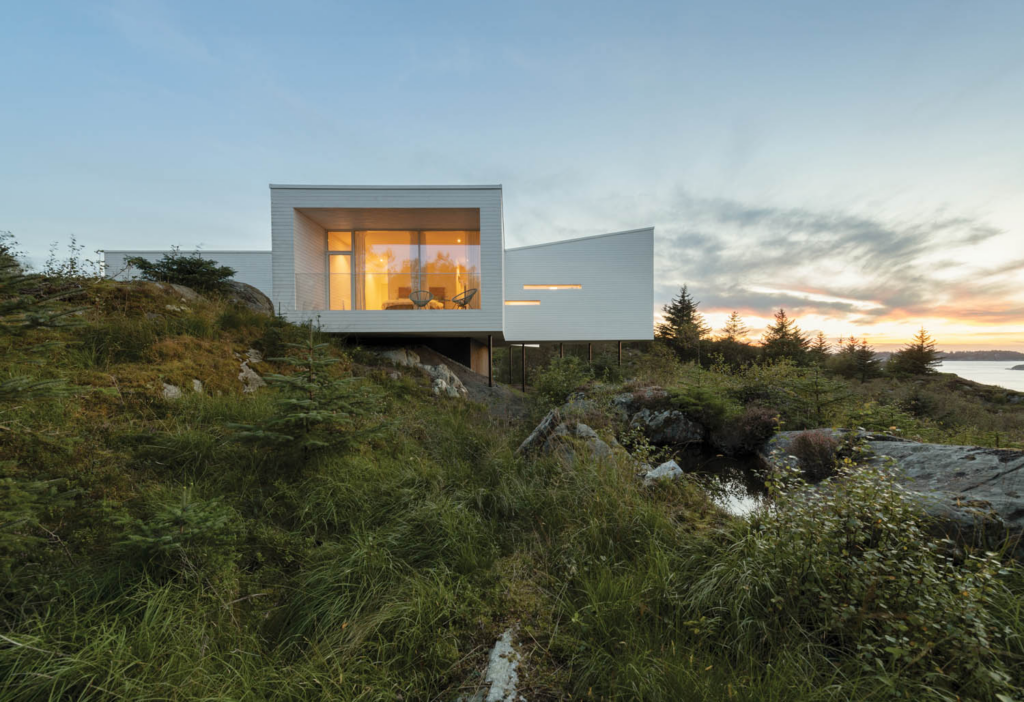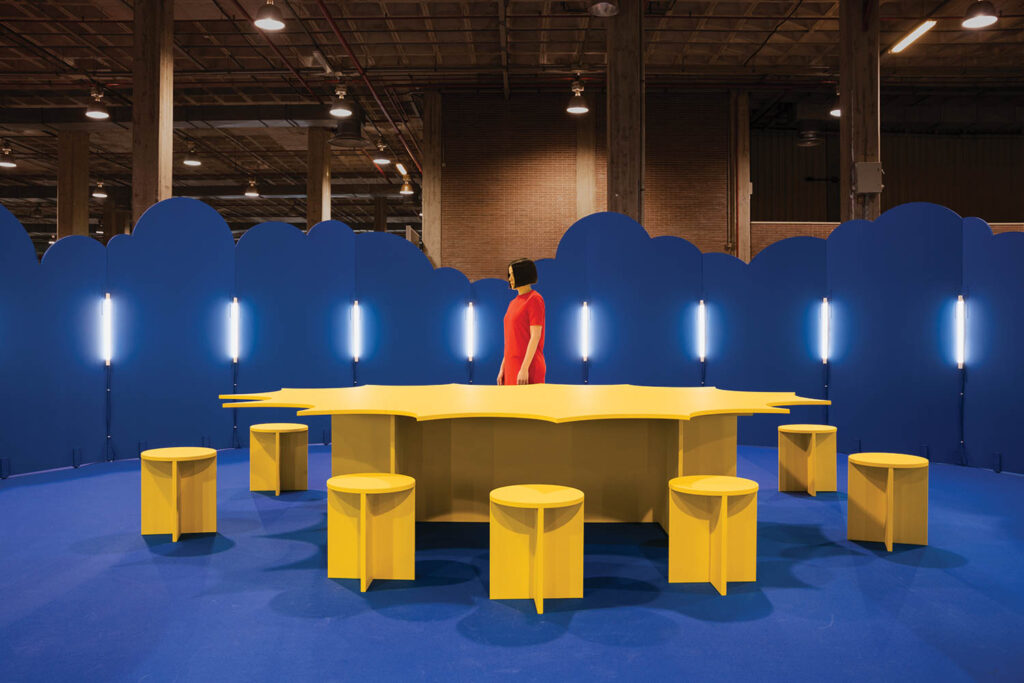
Behind the Renovation of a Historic Entertainment Hub in Chicago
When the Ramova movie theater was built in 1929 by Myer O. Nathan, it was the South Side of Chicago’s main first-run cinema. Even though it sat empty since 1985, it was in better shape than its continuously occupied commercial building next door, recalls Illinois-born, Chicago-based architect Dan O’Riley. The O’Riley Office founder knows this well, as he’s been studying how to revive the site since 2017. Some seven years later, he has completed what’s now called the Ramova Theatre, a 36,000-square-foot entertainment complex—a $30 million endeavor achieved by a passionate band of locals.
The cinema portion of the project, its two-story interior boasting a Spanish Revival courtyard-style lobby and theater, did not originally include preservation. But after being listed on the National Register of Historic Places and owners Tyler and Emily Nevius, who live in the neighborhood and purchased the theater for $1, received a cost and tax-credit analysis, it became a combination of adaptive reuse and conservation, renovation and expansion, encompassing the theater, the commercial building, and an adjacent town house. A layperson “should be able to visually differentiate between what was original and what’s new,” O’Riley explains.




Under the theater’s refreshed terra-cotta facade with original rosette window and 1940’s neon signage, both preserved, visitors enter the restored lobby, which now leads to a large live-music auditorium (it debuted in January with a concert by South Side native Chance the Rapper, also a project investor). New LEDs twinkle overhead, the seating replaced by moveable benches that accommodate 1,800. But Nathan’s existing envelope of faux building facades with archways and tiled roofs remains.
Where contemporary interventions were made, color is an indicator. The three bars are defined by teal or begonia laminate. Red-tiled walls act as wayfinding for restrooms. Installing the technology for a 21st-century concert venue, however, was a covert exercise. “The architecture is of a time where infrastructure was not expressed,” O’Riley continues. “When the plaster went back in, nobody’s the wiser.” The two other structures house the more intimate performance space Ramova Loft, a VIP lounge, brewery, and 1950’s-style diner that nods to the site’s original Ramova Grill. It’s headed by chef Kevin Hickey, who grew up on South Halsted, the same street as the theater.
Catch A Show At The Ramova Theatre

















PRODUCT SOURCES
FROM FRONT METROPOLITAN CERAMICS: FLOOR TILE (LOBBY). ARMSTRONG: FLOORING (DINER). TRENDLER: STOOLS. TILEBAR: BAR-FRONT TILE. BASWA: ACOUSTIC CEILING (AUDITORIUM). THROUGHOUT ZAK ROSE: CUSTOM BENCHES. ABET LAMINATI: LAMINATE. DURAT: SOLID SURFACING. SPECTRUM LIGHTING: PENDANT FIXTURES. TECH LIGHTING: SCONCES. JUNO: TRACK FIXTURES. TUBELITE: STOREFRONTS, ENTRY DOORS. SHERWIN-WILLIAMS: PAINT. STUDIO SUMI: LIGHTING DESIGNER. MCHUGH ENGINEERING GROUP: STRUCTURAL ENGINEER. AMS INDUSTRIES; JMS ELECTRIC: MEP. SMP PROJECTS: CIVIL ENGINEER. RYAN: HISTORIC ADVISOR. WISS, JANNEY, ELSTNER ASSOCIATES: RESTORATION CONSULTANT. DAPRATO RIGALI STUDIOS; CHICAGO ORNAMENTAL PLASTERING: HISTORIC PLASTERWORK. NAVILLUS WOODWORKS: MILLWORK. MCHUGH CONSTRUCTION: GENERAL CONTRACTOR.
read more
Projects
Grab Some Popcorn for an Office Tour of SandBox Films
For Sandbox Films, which recently unveiled its new digs in Manhattan’s Flatiron District, an Art Deco-inspired 22-seat screening room is an office must-have.
Projects
Verdant Hues Enliven the 2024 Academy Awards Greenroom
The 2024 Academy Awards Greenroom at Hollywood’s Dolby Theatre, where the ceremony has taken place since 2001, takes us on a fantastical voyage.
DesignWire
Aviva Studios, a New Cultural Hub, Opens in Manchester
Rising to nearly 70 feet along the banks of the River Irwell in Manchester, U.K., is Aviva Studios, a flexible new space for art, music, and culture.
recent stories
Projects
Soak In The Magic Of This Midcentury Palm Springs Retreat
Discover how Studio BV melts away all indoor and outdoor boundaries with lush greenery and contemporary art for a dreamy Palm Springs abode.
Projects
Ascend To New Heights At This Contemporary Norway Haven
Saunders Architecture crafts a stunning 3,000-square-foot modern retreat that doubles as a breathtaking observatory overlooking the North Sea.
Projects
Get Electrified With This Comic-Inspired Installation
Dive into Cloud, Clap’s knock-out installation for Salón del Cómic de València, that takes inspiration from comic culture and Roy Lichtenstein paintings.











